|
In 1872 A.M.E. Zion Minister Rev. John Ford, along with laymen, organized an A.M.E. Zion Church in Opelika. By 1878 the congregation of Thompson Chapel A.M.E. Zion Church built this church in its current location. This one-story building is supported by wood and brick. The interior walls are plastered over original wood frame. The roof is hipped and covered with metal and trimmed in wood. The present structure has two chimneys. The main entrance faces Torbert Boulevard (now Columbus Parkway), and a second entrance faces a westerly direction. Double doors are at each entrance. Six stained-glass windows enclosed by wood sashes are on both sides of the church, and four stained glass windows are in the choir loft. The ceiling of the church consists of the original wood with heavy beams running horizontally and vertically. The wood floors are stained. A connecting parsonage was added in 1919. This one-story home is made of brick and contains six rooms, a hall, and one bathroom.
6 Comments
John Looney and his oldest son Henry served in the War of 1812, helped build Fort Strother on the Coosa River, and fought in the Battle of Horseshoe Bend in 1814. In 1817 John and his family moved from Tennessee and settled in what is now St. Clair County. John and Henry built their home in 1818 near a spring on Beaver Creek. Soon after, severe flooding forced the Looneys to dismantle their home log-by-log and move it to higher ground in its current location on what is now Greensport Road in Ashville.
The Harris Place–Morning Star North Cemetery is located on Dove Road just east of Highway 27 in Cuba, Sumter County, Alabama. The Mississippi Band of Choctaw Indian Nation held this property until 1830, when it was transferred to the United States Government as part of the Dancing Rabbit Creek Treaty. That treaty included property in Sumter County, including the Harris Place–Morning Star North Cemetery. Richard Harris established this cemetery after he moved to Alabama before the Civil War. This family cemetery includes burials from the Harris, Grant, and Bourdeaux families, as well as the enslaved peoples who died while held in captivity.
Union High School is located on the grounds of the former Bethlehem Industrial Academy in Monroeville’s African American Clausell Community. Bethlehem Baptist District #2 built and operated Bethlehem Industrial Academy, which was Monroe County’s only high school for African American children in the 1940s and 1950s. The Bethlehem District sold the property to the Monroe County Board of Education on September 20, 1956. In 1957 the Board of Education constructed the present building originally known as the Union High School for African Americans. This school is classified as an Equalization School, one of a group of schools designed as model buildings with the latest insights in school architecture. Identical structures were built for Black and white students in a futile attempt to anticipate integration. Once integration became the law of the land, many communities owned duplicate facilities that were costly to maintain. Consequently, many African American Equalization Schools were closed and abandoned, which wasted public resources and destroyed Black material culture and educational history. Union High School closed in 1970, and students were transferred to Monroe County High School. In 1984 the school property reverted to the Bethlehem Baptist District Association #2 for religious and community use. A Head Start Program began in 1967 and offered children early learning programs.
Downtown Elba has suffered its fair share of heartache due to floodwaters that inundated the area on three occasions—in 1929, 1990, and 1998—and caused severe damage to most of the downtown buildings. Bonneau-Jeter Hardware sits opposite the National Register of Historic Places-listed Coffee County Courthouse on the west side of the square in downtown Elba. John Bonneau and Hendrix Jeter owned and operated the hardware store, which was constructed in 1903, and eventually expanded the business to include a funeral home. In 1956 the hardware store and Elba Drug Company opened a location here. Over the years, the building has also housed Dixie Printing, English Photography, and Curves Fitness. Since 2009 the building has sat vacant and deteriorating, but it is now owned by Jim and Laurie Chapman, who are committed to its preservation.
|
Alabama's Endangered Historic LandmarksEach year since 1994, Alabama Heritage has highlighted threatened historic sites throughout Alabama. The “Places in Peril” list has identified more than 215 imperiled historic resources throughout the state, and is compiled by the Alabama Historical Commission and the Alabama Trust for Historic Preservation. The locations highlight the results of deferred maintenance, perceived obsolescence, development pressures, and lack of funding—forces that now more than ever threaten our cultural legacy. But awareness is a powerful force, too, and can cultivate a renewed determination to be responsible stewards of our heritage. For more information, visit the AHC or the ATHP websites. Alabama Heritage is proud to bring to you a selection of the places designated as perilous. Please keep your comments to information relevant to the featured place in peril. Alabama Heritage reserves the right to delete any comment that we deem inappropriate. Archives
May 2024
|
|
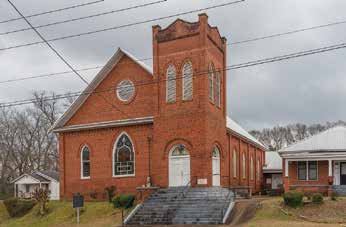
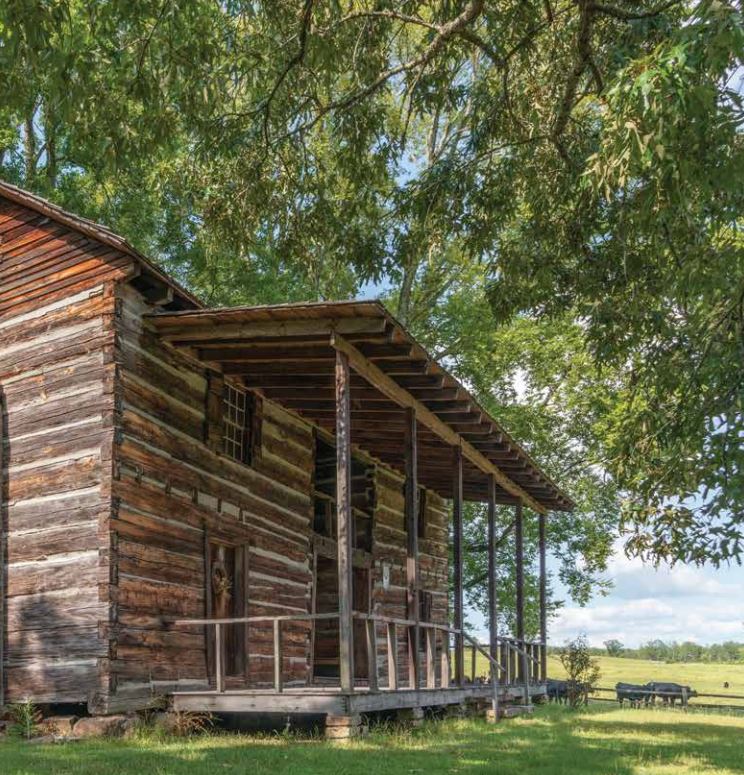
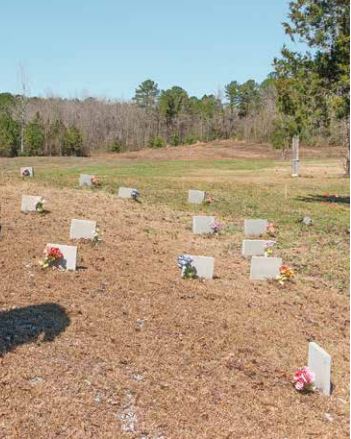
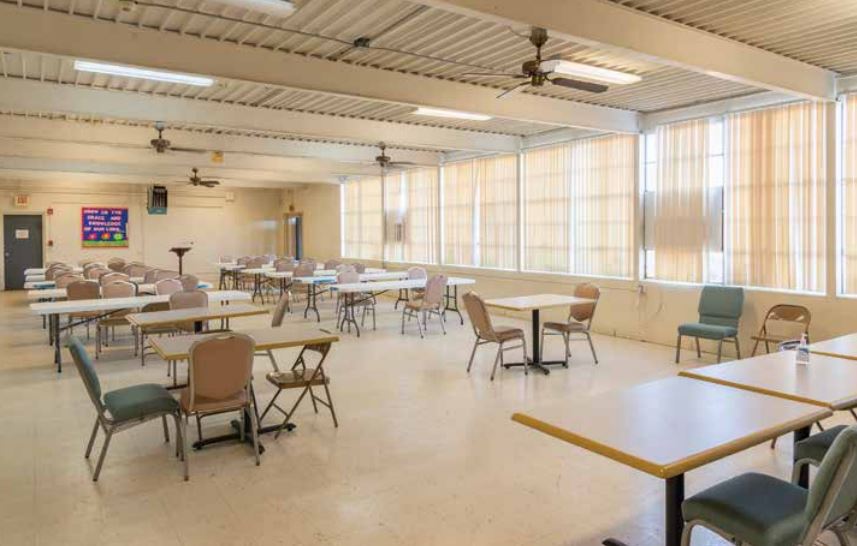
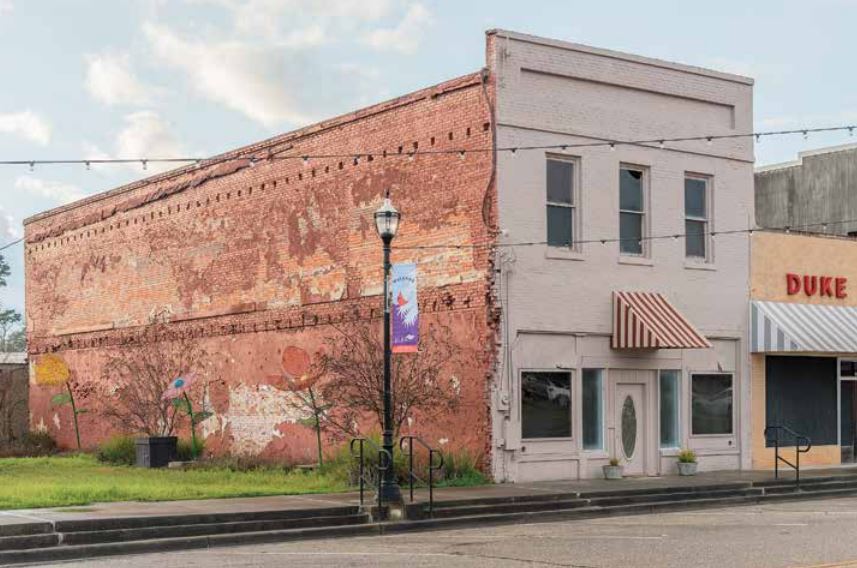

 RSS Feed
RSS Feed